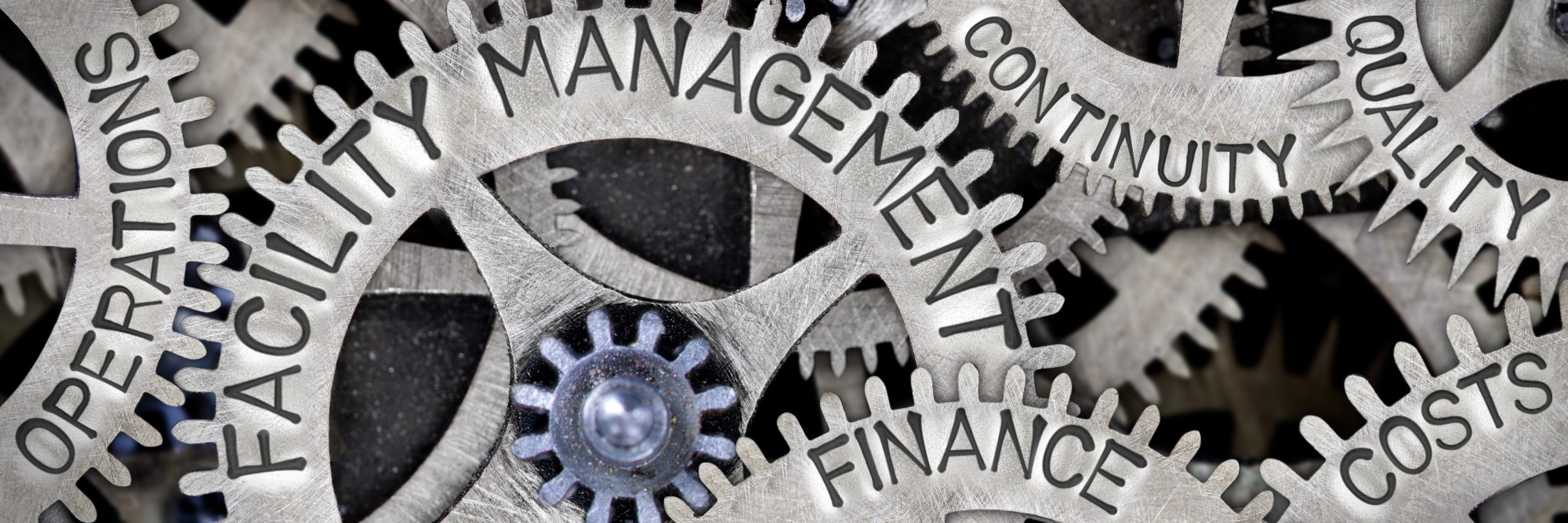Nancy and Rehan are a young, a young working couple with a 2-year-old infant living in Mumbai.
The company where Nancy works (AdSpeed Digital) has 212 employees and recently shifted to a mandatory hybrid model, while Rehan’s firm (Cryxus Limited) gave its 2900 employees the option to either work remotely or come into the office.
However, despite the choice, 90% of the staff wanted to go in to work on premises at least twice a week. Cryxus Limited now has a hybrid work plan in place.
Let’s see, in intricate detail, how hybrid work has panned out for Nancy & Rehan. To jump to what their employers (AdSpeed Digital and Cryxus Ltd) saved, click here.
Commuting, Car and Fuel
Nancy and Rehan owned a single basic compact car. Prior to Hybrid Work, Nancy would use the car to go to work regularly since she would get delayed at work more often, worked further off and in an area with poorer connectivity by public transport. Rehan only took the car rarely when Nancy was on leave and he was not.
With fuel around INR 90-per-liter and the car giving a mileage of 8.5 to 9 Km-per-liter of fuel in the stop-and-go traffic, it costs approximately INR 10.5 per-Km in fuel costs to run the car. The fuel charge for each day of commuting by car (approximately 18 Kms one-way) is approximately around INR 380 every day or INR 9500 per month.
Parking at their residence was free but at the office, Nancy had to pay approximately INR 90 to park the car for eight hours (INR 2250 per month).
Rehan’s travel required a combination of rickshaw + train + bus that cost him INR 190 every day (INR 4750 per-month).
The EMI of the car costs INR 12600 per month. Insurance and maintenance cost an average of INR 52000 annually.
This means that together they spent INR 33400 every month to commute to office.
Now that they shifted to Hybrid Work, Rehan went to work on premises an average of twice a week and Nancy thrice a week, with one or two overlapping days every week.
They realized that in this scenario, it would be far more manageable and feasible to just use cabs and rickshaws.
Auto-rickshaws were an upgrade for Nancy as she could avoid driving for three hours every day. For Rehan too, cabs were an upgrade for Rehan since he need not keep switching three modes of travel each way every single day (rickshaws did not serve the area he worked at).
Despite this upgrade in lifestyle, they landed up spending approximately INR 19000 in cab and rickshaw bills every month, a neat savings of INR 14400 per month.
Rs. 172,800/-
Annual savings from commute = INR 172800.
Food
Earlier, Rehan and Nancy had to wake up, run and worry about what they would eat nearer to lunchtime when they would have to decide between their office cafeteria or stepping out for lunch
Nancy would regularly spend approximately INR 200 per lunch (typically at Subway). She was not in the habit of snacking. Rehan’s cafeteria had better choices so he would have lunch for INR 70 every day with afternoon coffee and snacks costing him INR 50 a day.
Reaching home every day after 8:30 pm meant that dinner had to be ordered in, costing approximately INR 350 per-day.
Yearning home-food after a week of commercially prepared foods, Rehan and Nancy used to take turns to cook over the weekends.
The average cost of commercial food every month boiled down to INR 16750.
Now, with the energy and time saved from the commute they eat healthier and tastier meals cooked with the help of their new live-in maid every day, with groceries costing INR 9000.
That’s a reduction and savings of INR 7750 every month (INR 93000 annually).
That’s a reduction and savings of INR 7750 every month (INR 93000 annually).
Rs. 93,000/-
Nanny and House-Help
The couple’s daughter, Sarah, is two years of age.
Earlier, they paid a monthly fee of INR 14500 per month for the nanny’s services from 8 am to 7 pm. Since they had to pay overtime till at least 8:30 pm, they paid on average approx. INR 18250 per month. Their house-help, who was paid INR 7000 a month would cook basic lunch for Sarah, do the laundry and cleaning of the house before leaving at 2 pm.
With Rehan and Nancy being at home most of the month, they rarely needed the nanny and house-help. However, since they wanted to be able to focus on work during the day at home, they hired a full-time live-in maid for INR 12000 per month. Now, with a full-time helper, they still saved INR 13250 on average every month.
Now, with a full-time helper, they still saved INR 13250 on average every month.
Rs. 159,000/-
And the annual savings account to INR 159000.
The Sum of the Parts
The savings from commute food and house-help savings have resulted in almost INR 425000 of savings every year.
This is after commuting by cab without a worry wherever they go, have a full-time house help, and feeling healthier and happier eating home-cooked fresh meals without the commercial salts, oils, seasonings and preservatives that added cholesterol and sugar while also causing heartburn and acidity. A few months into Hybrid Work and they could hardly believe the life they led earlier.
Rs. 425,000/-
Hybrid Work, Cost Reduction Economics – Corporates: AdSpeed Digital has 212 employees and recently shifted to a mandatory hybrid model. Cryxus Limited allowed its 2900 employees to elect to work remotely, come into the office or elect a mix thereof…



